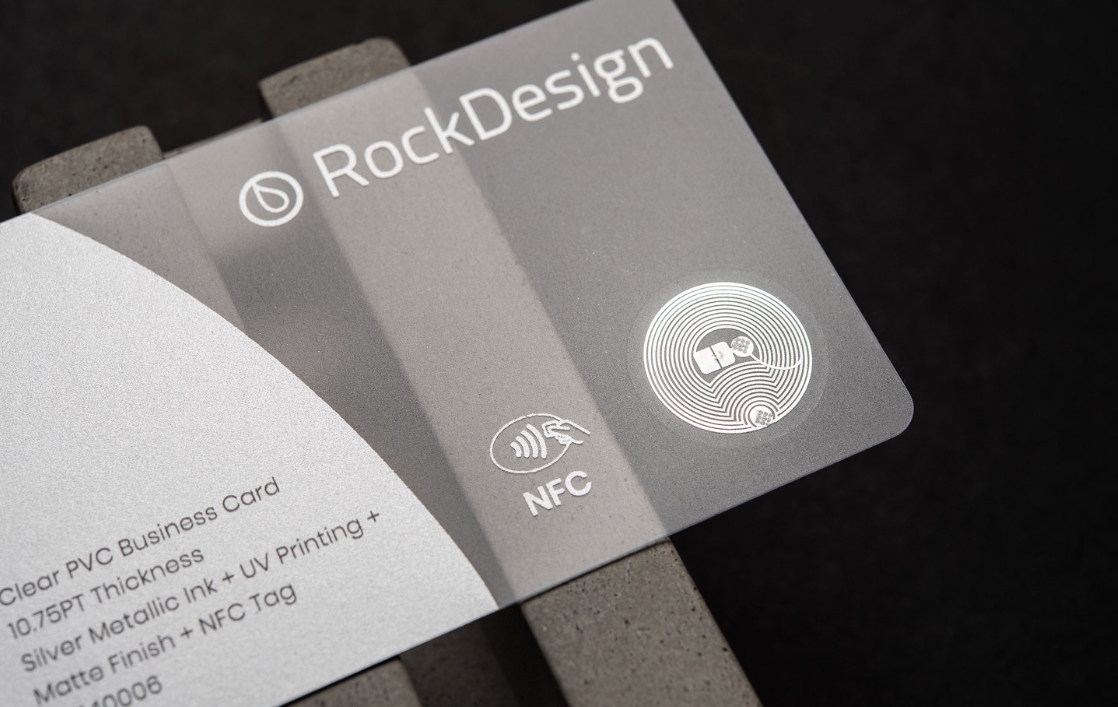
What are the printing options for designing Printable NFC Card?
The Printable NFC card combines superior technology and custom design, allowing businesses and individuals to enjoy both aesthetic and functional benefits. Whether you are producing these cards for contactless payment, event access, or branding, choosing the right printing method is critical to ensuring durability, visual appeal, and consistent quality. We will walk you through the various printing options for designing printable NFC cards so you can better use your printable NFC cards.
Printable NFC card offset printing method
Offset printing is one of the most common methods for producing high-quality printable NFC cards. This printing process transfers ink from a printing plate to a rubber sheet, which then rolls onto the surface of the card. The result is a clear, vivid image that is ideal for detailed designs and large-volume orders.
At the same time, offset printing offers excellent colour accuracy, which allows you to print custom logos, images, and even complex gradients without sacrificing detail or colour quality. Another advantage of offset printing is its cost-effectiveness for large-volume printing. Although the initial setup of offset printing may be more expensive compared to other methods, the cost per unit decreases significantly as the quantity increases. In addition, offset printing supports a variety of finishes. Whether you want a glossy, matte, or UV-coated effect, offset printing can meet your preferences.
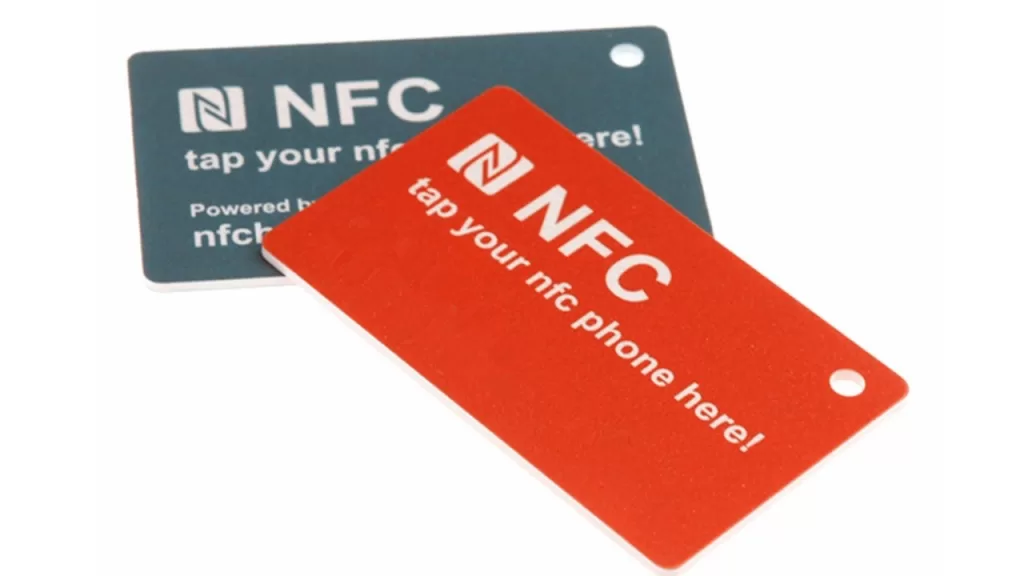
Digital printing for small batches and customization
Digital printing has revolutionized the way companies design and produce printable NFC cards, especially when it comes to small batches and personalized designs. Unlike offset printing, digital printing does not require the production of printing plates, making it a faster and more flexible option for short-run projects.
One of the main advantages of digital printing is its ability to handle variable data. This means that each printable NFC card can be customized with unique information—such as a name, barcode, or QR code—without slowing down the production process. In terms of quality, digital printing has improved significantly in recent years. While digital printing may not provide the same level of detail as offset printing for large projects, digital printing can produce vivid, high-resolution images that are more than enough for most applications.
Screen printing for unique textures and finishes
For businesses looking to create printable NFC cards that have a tactile and premium feel, screen printing is an option worth considering. Screen printing involves pressing ink onto the surface of the card through a mesh screen, which allows for thicker ink applications compared to other printing methods. This creates a textured raised surface that is both visually and physically appealing.
Screen printing is often used to apply special effects, such as metallic inks, glow-in-the-dark elements, or textured logos. These features can help your printable NFC cards stand out from the competition, giving them a unique look and feel that can increase brand awareness. While screen printing typically limits you to one or two colours per pass, you can combine it with other printing techniques, such as offset or digital printing, to create more complex designs.
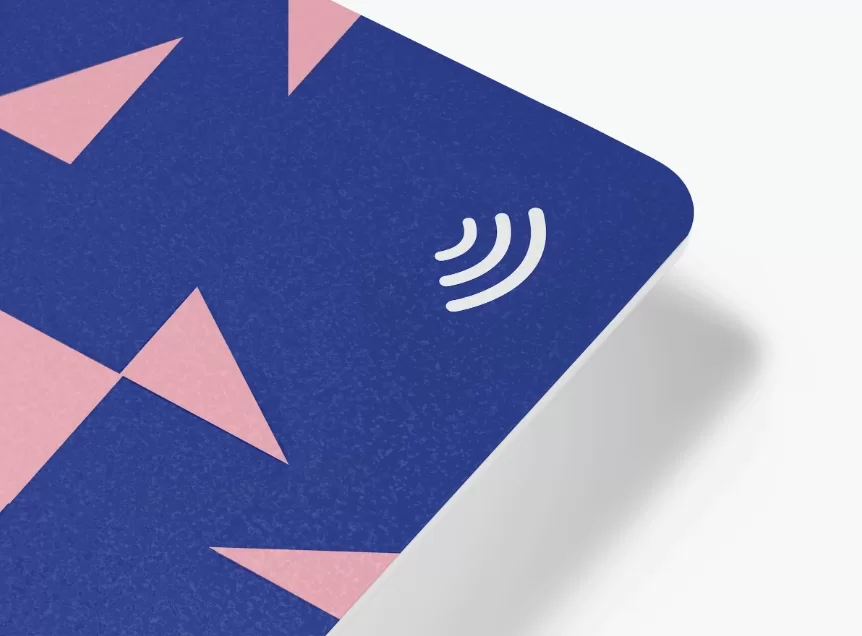
UV printing for increased durability and vibrancy
UV printing is another advanced method for designing printable NFC cards. This process uses ultraviolet light to cure the ink while printing, resulting in a more durable and long-lasting result. UV printing offers excellent colour vibrancy, making your designs look bold and dynamic.
One of the main benefits of UV printing is that it is resistant to environmental factors such as moisture, sunlight, and abrasion. This makes printable NFC cards ideal for exposure to harsh conditions or frequent use. UV printing ensures that your design remains intact over time, whether the card is used for outdoor events, membership visits, or frequent transactions. At the same time, UV printing also offers fast drying times, eliminating the risk of smudging and allowing for faster production. In addition, the process supports a variety of substrates, which means you can print on different types of card materials without compromising quality.
Hot stamping brings luxury and elegance
If you want to add a touch of luxury to your printable NFC card design, hot stamping is a popular choice. The technique involves applying a thin layer of metallic or coloured foil to specific areas of the card, such as logos, text, or borders, enhancing the visual appeal.
Hot stamping is available in a variety of colours, including metallic gold, silver, bronze, and even holographic finishes, which gives you creative flexibility when designing your printable NFC card. At the same time, hot stamping can be combined with other printing methods to create a layered effect. For example, you can use digital printing for the main design and then apply gold or silver foil to highlight key elements. This is particularly effective for creating premium membership cards, gift cards, or corporate event passes.
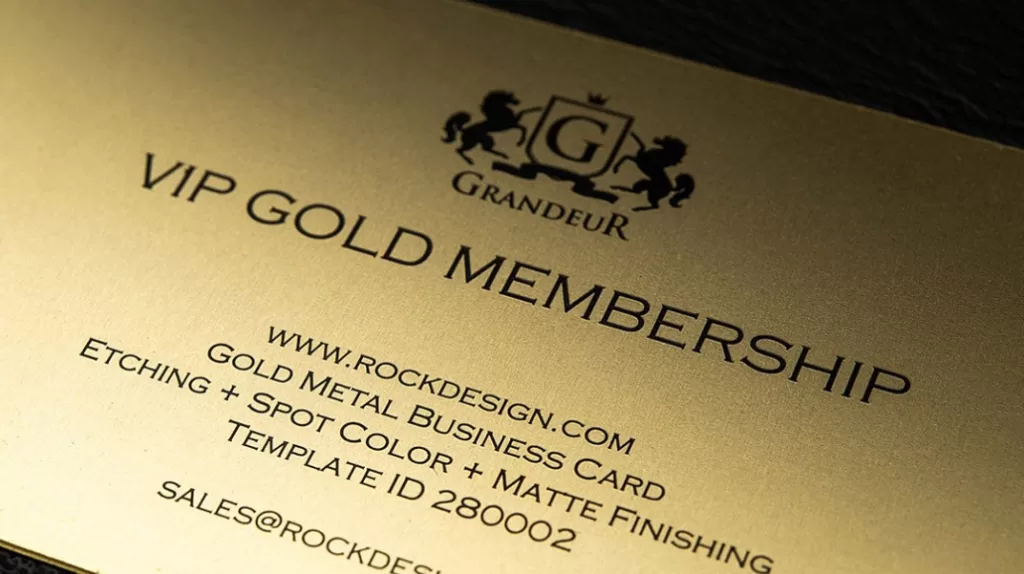
Embossing and Debossing Textured Designs
Embossing and debossing are common techniques for adding three-dimensional elements to printable NFC cards. It raises certain parts of the card surface, such as logos or text, to create tactile and raised designs. Debossing, on the other hand, presses the design into the card surface, creating a sunken look.
You can use both techniques in conjunction with other printing methods, such as hot stamping or UV printing, to create visually stunning and unique designs. Embossing and debossing often enhance logos or important elements, adding a premium feel to printable NFC cards. While embossing and debossing add a sophisticated feel to the design, they can also affect the placement of the NFC chip. Ensuring that the raised or recessed elements are away from the chip ensures that the card retains its NFC functionality while still providing a tactile experience.
Variable data printing for Printable NFC Card
For many businesses designing printable NFC cards, one of the most important features is the ability to customize each card with unique information. Variable data printing allows you to print an individual name, number, barcode, or QR code on each card while keeping the rest of the card design consistent.
You can use variable data printing in conjunction with any of the above printing technologies to achieve a high level of personalization without sacrificing design quality. It tailors each printable NFC card to its user, whether you need a unique serial number for tracking or a personalized name for a VIP experience.
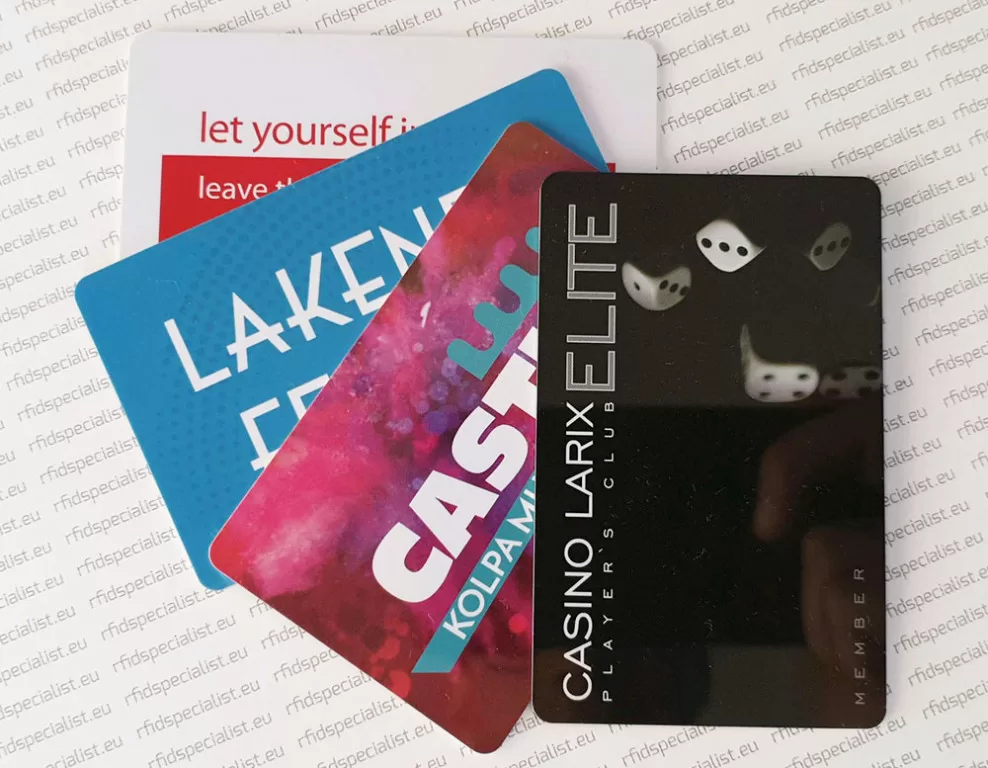
Select the correct printing method for a Printable NFC Card
Designing a Printable NFC Card involves selecting the right printing methods to meet your functional and aesthetic goals. From offset printing for large runs to digital printing for personalization, each method offers unique advantages depending on your needs. Techniques like foil stamping, embossing, and screen printing add a premium touch, while UV printing ensures durability in challenging environments. By choosing the right combination of printing options, you can create a Printable NFC Card that not only looks great but also performs reliably.


